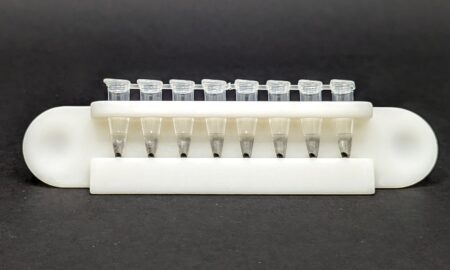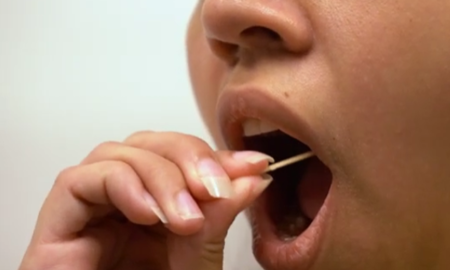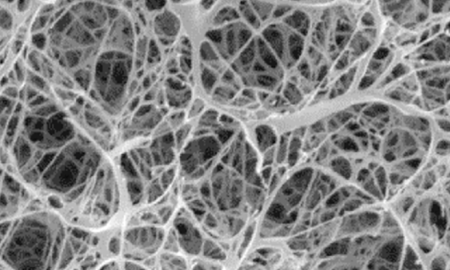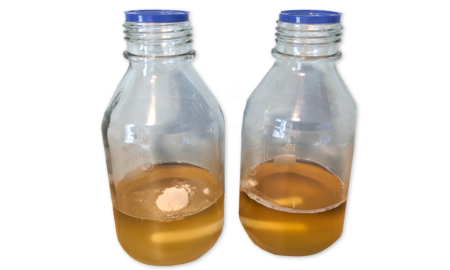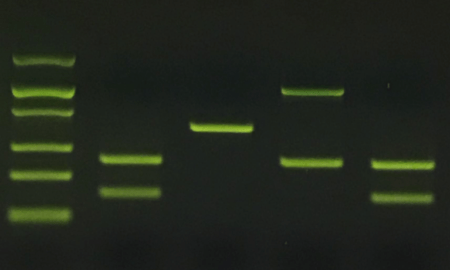Gel electrophoresis troubleshooting
Looking to get picture perfect gels? Here are some optimization tips for you.
Gel electrophoresis is an essential biotech method and a great way to integrate hands-on biotech experiments into your classroom. But your students’ gels won’t always look perfect. In this post we cover two of the most common issues your students may encounter when performing gel electrophoresis.
Problem 1: Faint bands
Faint bands indicate that insufficient DNA was loaded. Students often struggle to load DNA samples into the wells, leading to faint or absent bands.
Pro tips:
- Have students practice gel loading using reusable silicone gels or recycled agarose gels.
- Use a fluorescent DNA stain like SeeGreen or GelGreen, which can detect as little as one nanogram (ng) of DNA.

Problem 2: Wavy bands
Wavy bands suggest that the agarose was not fully dissolved before casting your gel.
Pro tips:
- After boiling the agarose solution, hold it up to the light to ensure there are no undissolved agarose crystals.
- If needed, continue to heat the solution until all the agarose crystals have dissolved.

Remember the silver lining: Every “bad” gel is an excellent opportunity for your students to hone their critical thinking skills and practice troubleshooting.
Related resources:

